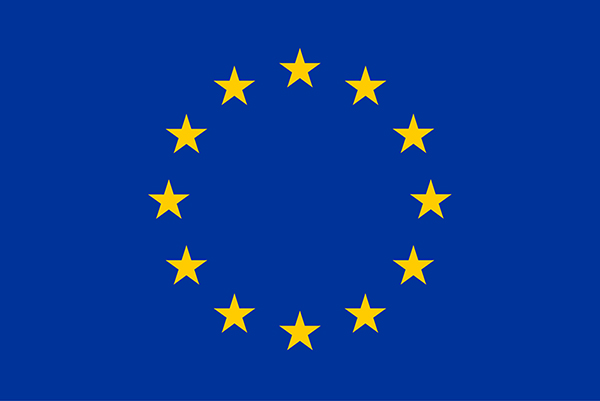Recent IoT deployment has introduced IoT to the connected vehicle. The IoT cloud platform receives, validates and stores information from the vehicles. It may also combine it with other data sources in order to unveil a bigger potential for the creation of high-value-added services (e.g. weather stations, smartphones, smart city sensors, etc.), and providing vehicle-specific data to stakeholders, such as vehicle manufacturers and insurance companies.
An example of a usage scenario is the analysis of vehicle data to assess driver behaviour and hence determine risk in order to better tailor insurance premiums. In this scenario, data relating to the vehicle’s behaviour such as vehicle speed, severity of acceleration/braking, steering speed and GPS positioning is combined with the duration of the driving activity, such as distance driven and types of roads (motorways/residential areas) to provide context to the driver’s behaviour. The information gathered will be transmitted from the host vehicle to a cloud-based service for analysis. This data will be used to gain a deeper insight into the driver’s behaviour and vehicle usage, and will therefore determine the insurance premium.
The IoT device embedded in the vehicle (i.e. the onboard unit (OBU)) captures information from the different internal buses and will be connected to the cloud service through cellular or WI-Fi. It may not be feasible to constantly send data while on the road, depending on the size and frequency of data, so data could be retained on the IoT device and sent to the cloud for processing at a more convenient time facilitating the transport of data relating to vehicle usage to the cloud.
This project has received funding from the European Union’s Horizon 2020 research and innovation programme under grant agreement No 779899.
